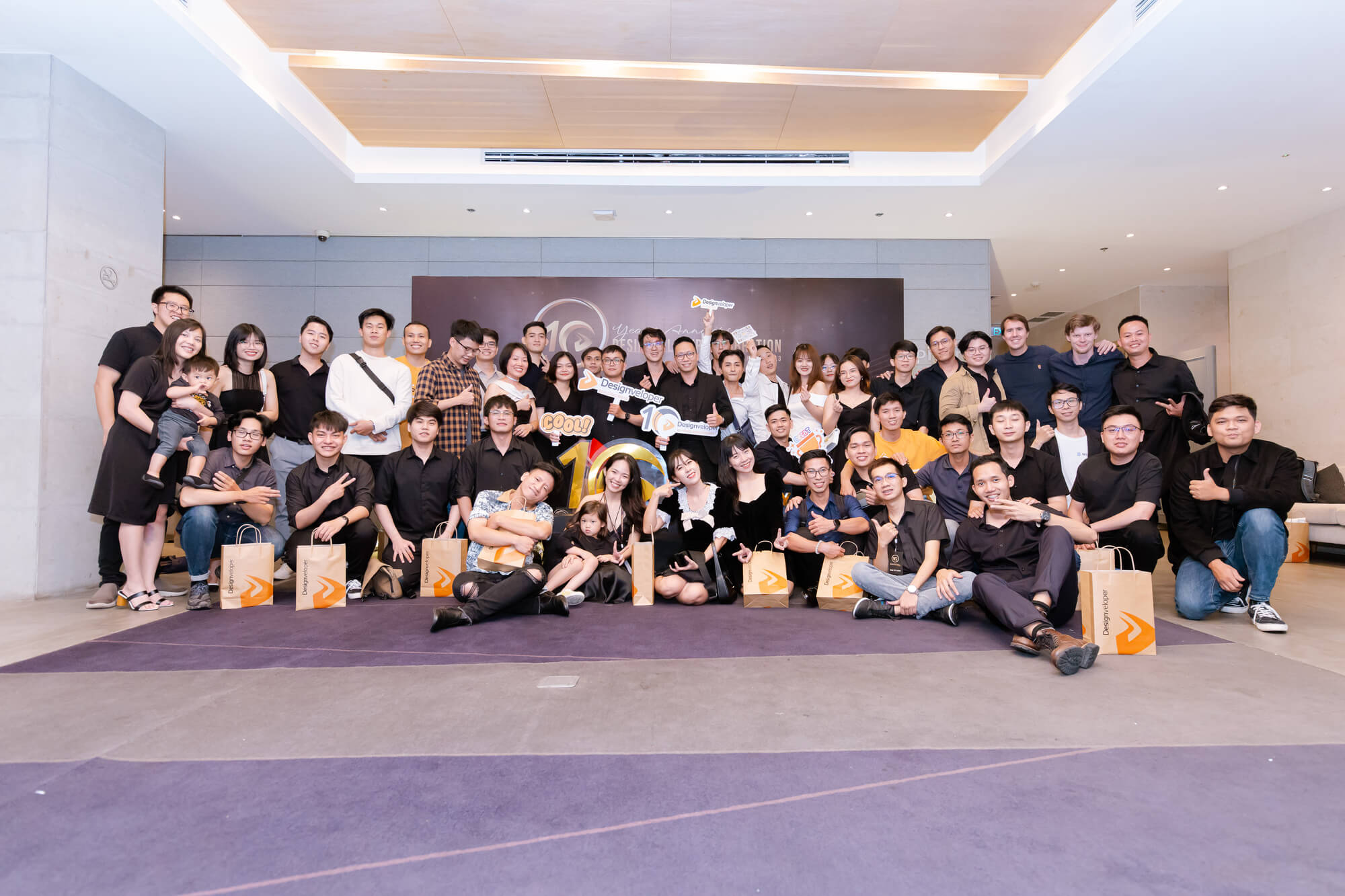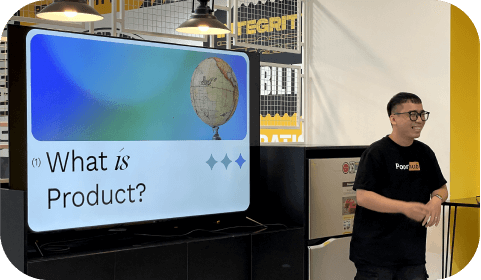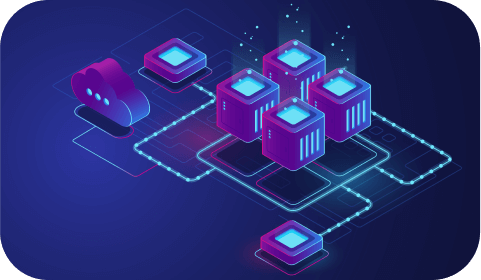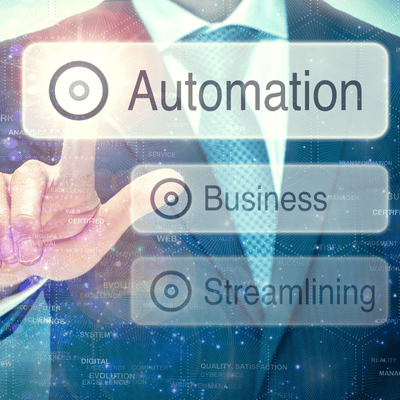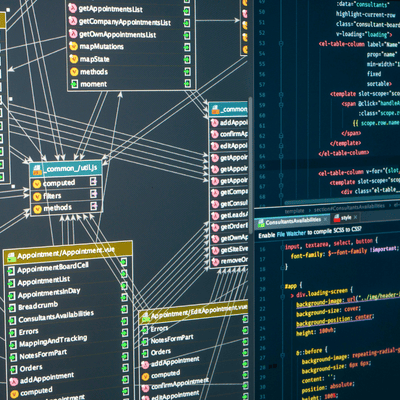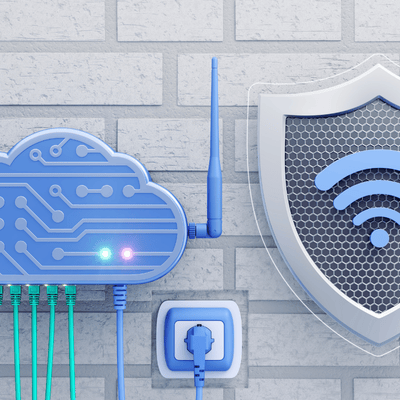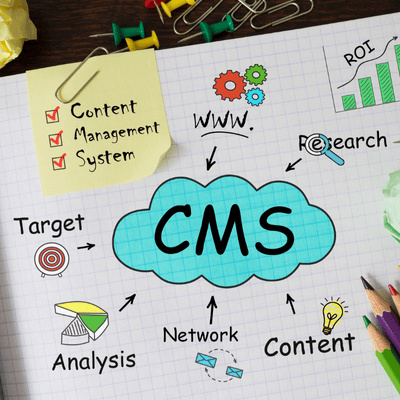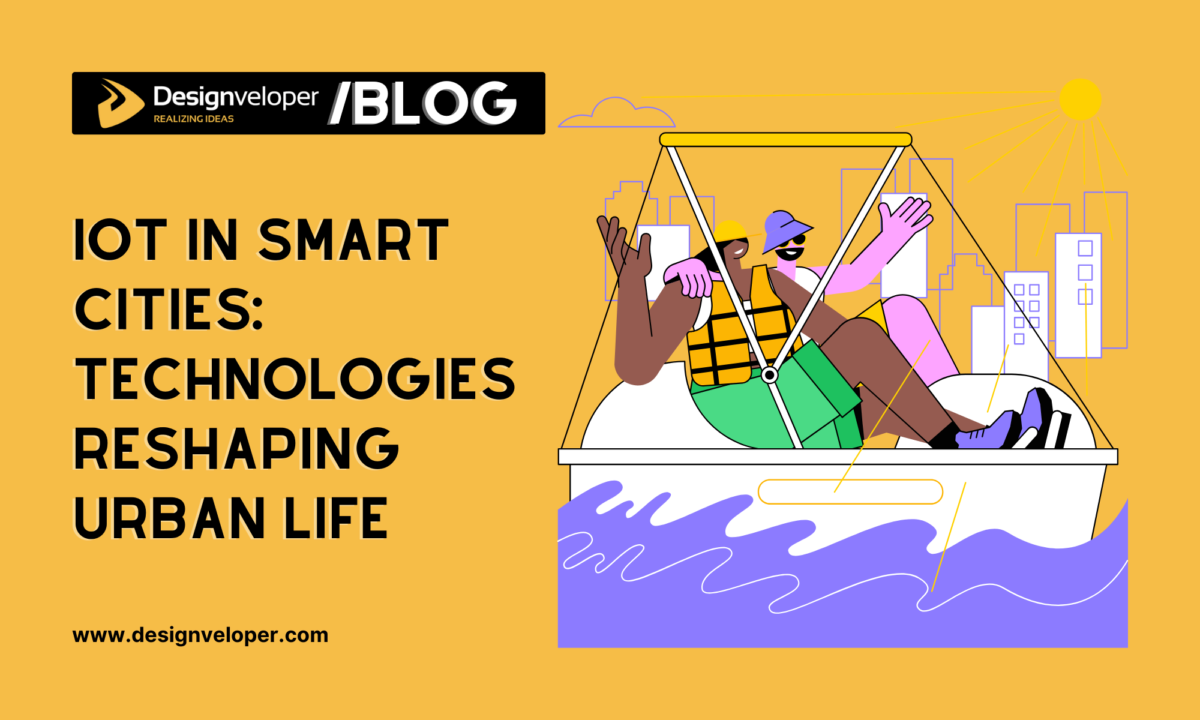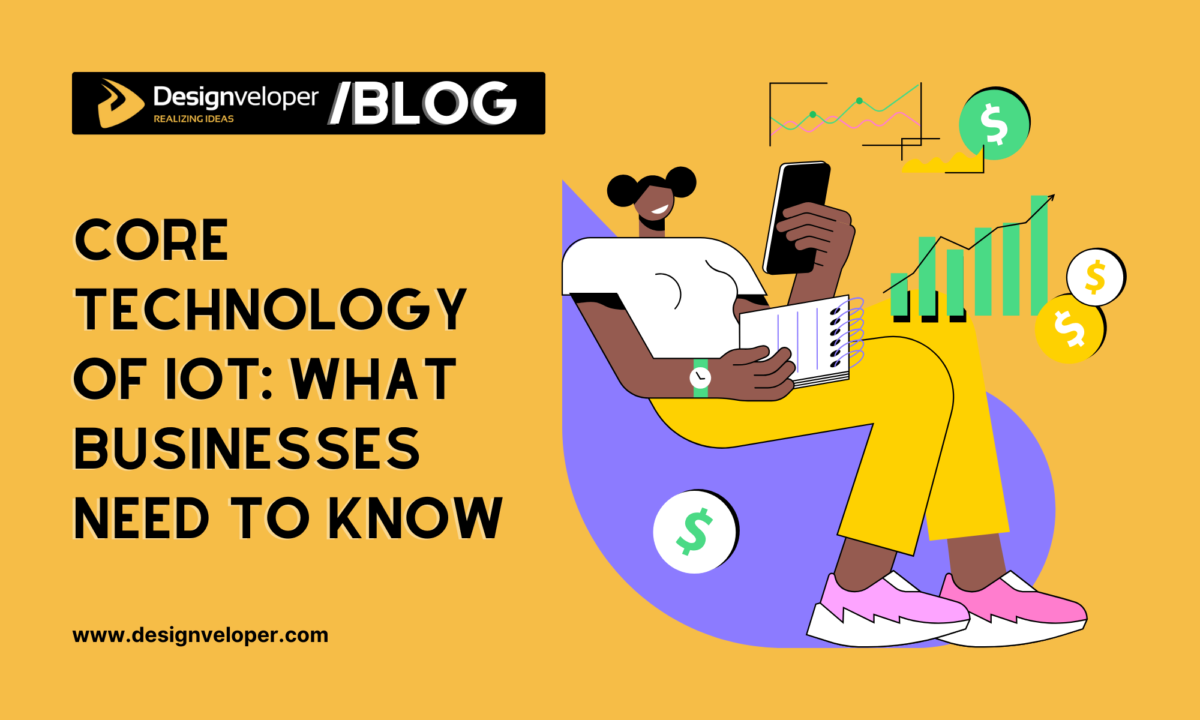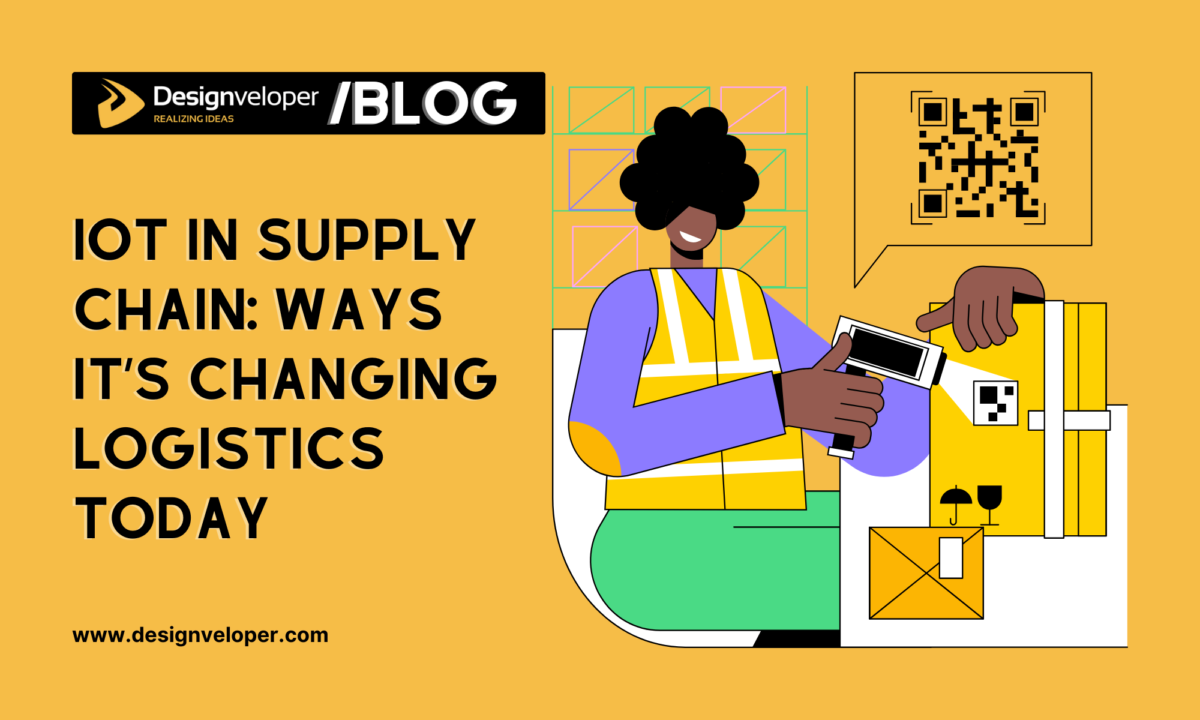IoT in Smart Cities: 10 Transformative Technologies Reshaping Urban Life
April 22, 2025
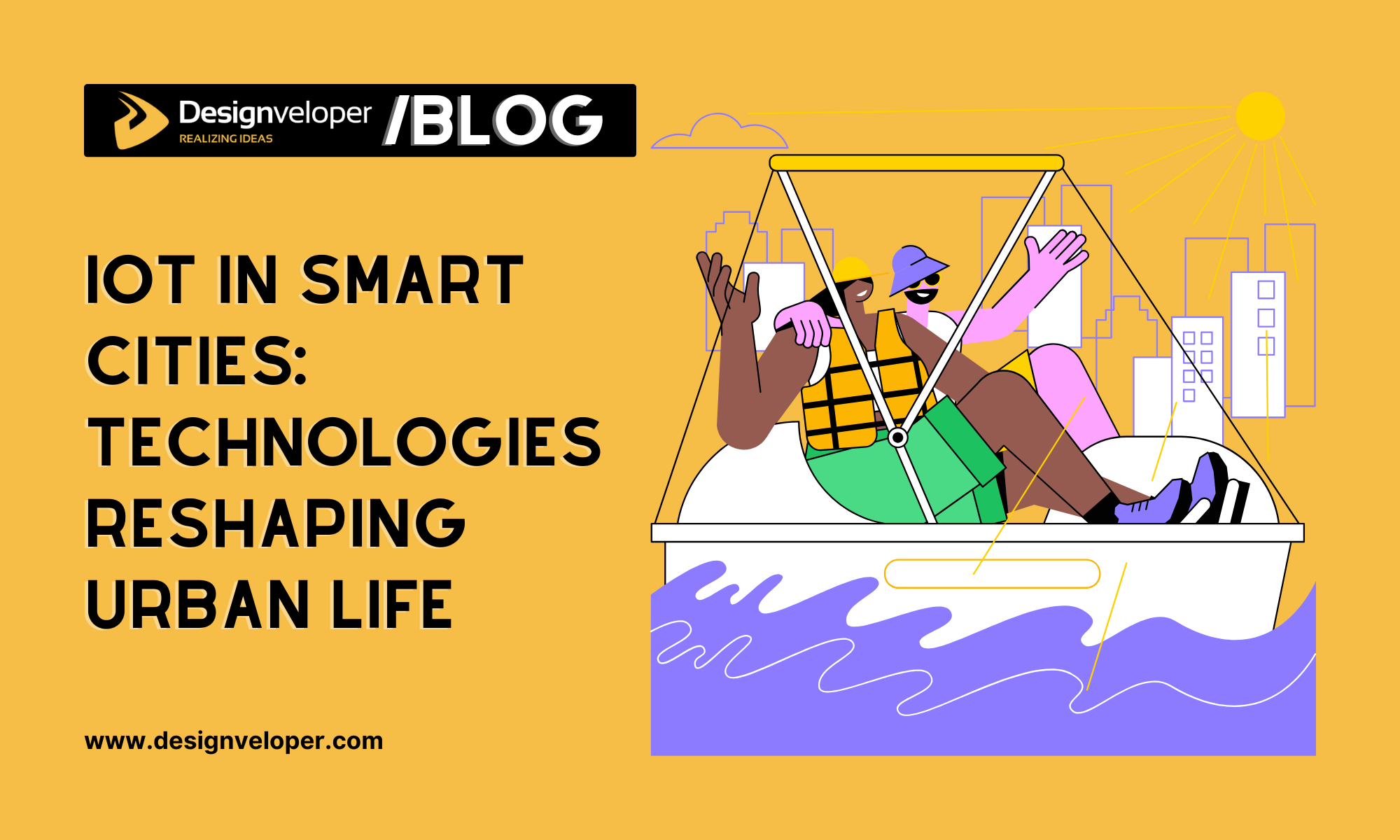

The integration of the Internet of Things (IoT) in smart cities has led to a major change in the way of urban life. Currently, there are approximately 16.6 billion connected IoT devices as of 2024, and these numbers are expected to increase to 18.8 billion before the end of next year. The growth in this surge points to IoT’s expanded role in boosting urban infrastructure and services.
The global market for IoT in smart cities was at $195.18 billion in 2023 and is to reach $952.69 billion by 2032 . This corresponds to the spread of the adoption of IoT technologies for solving urban problems.
Singapore and Barcelona are the best examples of applying the IoT solution. In transportation, energy management and public safety, Singapore’s Smart Nation initiative has been beneficial. The IoT is incorporated in Barcelona to improve waste management, street lighting, and parking systems .
In this piece we briefly look at 10 transformative IoT technologies which are redefining everything about urban life, whilst also being crucial to efficiency, sustainability and quality of life.
Smart Traffic Management Systems
IoT in smart cities is revolutionizing urban transportation through smart traffic management systems. IoT sensors, cameras and artificial intelligence power these systems, monitoring traffic flow and adjusting signals in real time to improve traffic and road safety.
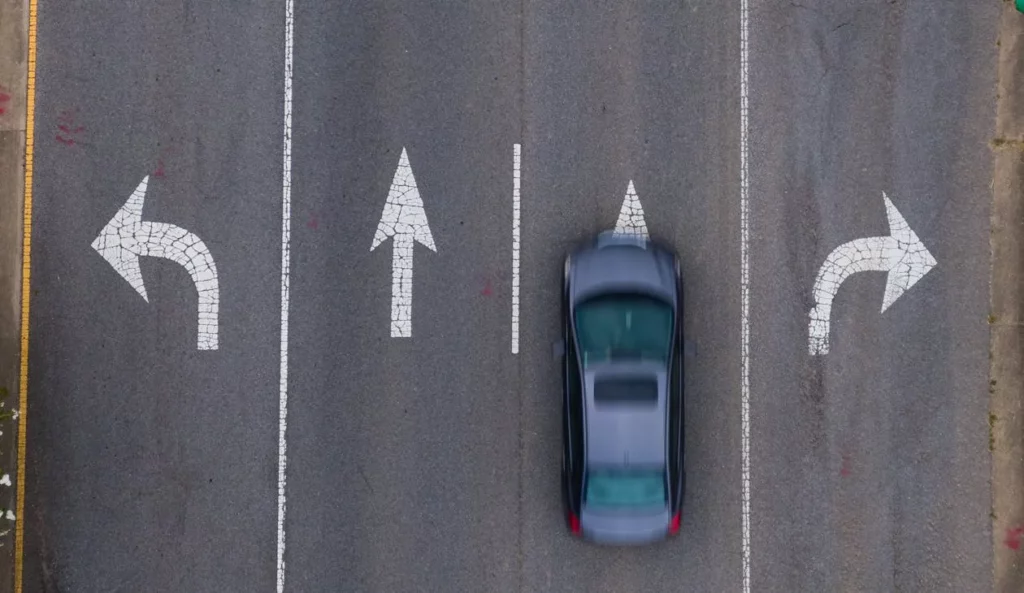
Predictions suggest that the market for intelligent traffic management will grow from USD 10.38 billion in 2024 to USD 21.15 billion in 2034 with a CAGR of 7.4%. This indicates an ever expanding adoption of IoT technologies on urban traffic systems.
The Land Transport Authority in Singapore uses Intelligent Transport System that merges IoT sensors and AI to set traffic lights up, and manage traffic congestion. As a result of this system, the traffic has become better and idle time has gone down.
Barcelona has also adopted smart traffic management by placing sensors and cameras to observe traffic conditions. The city then uses real time data and machine learning to change traffic signals dynamically. This results in less congestion and more traffic flow.
These examples demonstrate how IoT in smart cities is transforming traffic management, leading to more efficient and sustainable urban mobility.
Smart Street Lighting
IoT in smart cities is transforming urban lighting through smart street lighting systems. These are sensor, wireless network, and adaptive control based systems that adapt the lighting in real time as per the current situations. It improves the energy efficiency and the safety of the public.
The CAGR for the global smart street lighting market from 2024 to 2031 is to be 5.2%, which will raise the market value from USD 3.33 billion in 2024 to USD 5.61 billion in 2031. The growth is due to government initiatives, smart city developments and gradual adoption of LED technology.
Adaptive lighting systems that adapt for traffic and pedestrian activity have helped cities such as Copenhagen save up to 50% in energy . For instance, the Street Lighting National Program in India has eliminated more than 13 million conventional streetlights with LED lights and thereby saved a great amount of energy as well as better visibility .
By integrating smart street lighting, IoT in smart cities not only reduces energy consumption but also enhances urban safety and operational efficiency.
IoT-Based Waste Management
IoT in smart cities is revolutionizing waste management by integrating smart technologies into urban sanitation systems. Due to this approach, efficiency increases, operational costs reduce, with more environmental sustainability.

According to estimates, the revenues of the global smart waste management market in 2024 were at USD 2.92 billion and this market is to generate revenues of USD 8.45 billion by 2033, with a growth rate of 11.91% during 2025–2033. The reason for the increasing demand lies in urbanization and the need for efficient means of disposing of waste.
For example, IoT enabled waste bins are installed in cities like Barcelona with sensors that monitor the levels they are filled to. The waste collection services receive these data that enables them to optimize the collection routes and schedules. As a result, this system has resulted in lesser fuel consumption and lesser greenhouse gas emissions.
Just as Seoul has introduced RFID systems to manage waste, in this case residents use RFID chip prepaid bags. It tracks waste disposal habits of the residents and charges them according to this, which in fact paves way for waste recycling and reduction.
By leveraging IoT in smart cities, municipalities can transform traditional waste management practices into intelligent systems that enhance operational efficiency and support environmental goals.
Connected Public Transportation
IoT in smart cities is revolutionizing public transportation by integrating real-time data, automation, and connectivity. Through this transformation, one can enhance commuter’s experiences, reduce delays and improve operational efficiency.
According to a report, the global smart transportation market is to grow from USD 126.76 billion in 2024 to USD 340.69 billion by 2032, with a CAGR of 13.2% during the forecast period. This rise demonstrates the escalating usage of IoT within the urban mobility solutions.
Seoul, and a handful of cities, have adopted very advanced metro systems, smart payments and booking, Wi-Fi and 5G connectivity, as well as virtual assist in some. These systems supply passengers with the newest train schedules and service statuses in actualícia circumstances utilizing digital shows and cellular purposes.
The Metropolitan Transportation Authority (MTA) in New York City currently uses GPS technology in buses to transmit real time locations of buses to passengers through internet compatible devices, SMS messages, or in the form of countdown clocks at bus stops. It makes this system more transparent, and commuters can make better journeys.
By leveraging IoT in smart cities, public transportation systems become more responsive and efficient, meeting the evolving needs of urban populations.
Environmental Monitoring Sensors
IoT in smart cities is revolutionizing environmental monitoring by providing real-time data on air quality, noise levels, and water conditions. Cities can effectively respond to environmental challenges with this technology and therefore improve public health and urban livability.

Global Environmental Sensing and Monitoring Technologies Market value was at USD 31.3 billion in 2024 and anticipated to grow at a CAGR of 5.7%, to reach a market value of USD 41.4 billion in 2029. IoT enabled sensor adoption driving this growth as more and more companies are adopting these to collect environmental data and transmit to be analyzed, and for decision making.
You also have cities like New York that took the step to create extensive smart sensor networks that would monitor the air quality and other sorts of environmental parameters. The results from these sensors feed data back to city officials, who are able to identify pollution hotspots and target interventions accordingly.
The city in Copenhagen works with technology partners to have vehicles equipped with air quality monitoring equipment in the city. The result of this initiative is that it provides detailed pollution heat maps and helps residents make better choices for commuting and exercise routes.
By leveraging IoT in smart cities, municipalities can proactively manage environmental issues, leading to healthier and more sustainable urban environments.
Smart Parking Solutions
IoT in smart cities is transforming urban parking by integrating real-time data, automation, and connectivity. This innovation cuts down on congestion, lowers the pollution, and makes overall driving that much better.
The global smart parking market is to grow from USD 8.5 billion in 2023 to USD 48.3 billion by 2033 reaching a CAGR of 19.3%. This growth is due to the rising preference for IoT technologies in the urban mobility solutions.
San Francisco is one of the cities that use smart parking, which involve programs like SFpark that use sensors and dynamic pricing to manage demand for parking. This has resulted in up to 50% time reduction in the drivers’ time spent searching for parking, which has in turn led to reduced traffic congestion and emissions.
Likewise, a complete on street parking guidance system was deployed in Cologne, Germany’s Nippes neighborhood. The system covers 100 percent of the available street spaces, and gives turn by turn guidance through every intersection, pointing drivers to the closest available parking.
By leveraging IoT in smart cities, municipalities can optimize parking infrastructure, improve traffic flow, and enhance the urban environment.
Intelligent Energy Grids
IoT in smart cities is revolutionizing energy distribution through the implementation of intelligent energy grids. These are the grids of the future that draw on IoT sensors, sophisticated analytics and automation to measure and control electricity flow in real time. It improves the grid reliability, assists renewable energy adoption, as well as boosts energy efficiency in general.

According to MarketsandMarkets, the smart grid market is to grow at a CAGR of 16.9% to reach USD 161.1 billion in 2029, from USD 73.8 billion in 2024. The reason for this growth is the required demand for advanced grid solutions that are capable of coping with the complexities of these modern energy systems.
The amount of grid scale battery storage capacity in the United States has gone up even more, which is more than 26 gigawatts by 2024. This expansion has this revision to address challenges of balancing intermittent renewable energy sources such as wind and solar, and improving grid statics along with decreasing a dependency on fossil fuels.
To cope with a rapid shift away from coal to renewable energy, China is devoting more than $800 billion in its electricity grid over the next six years. Although the country is spending more and more on the grid, the rapid rise of solar and wind power has made the grid a much more complicated machine than it used to be, with more problems on the distribution and transmission.
By leveraging IoT in smart cities, intelligent energy grids enable more responsive and sustainable energy management, paving the way for a cleaner and more efficient urban future.
Smart Water Management Systems
IoT in smart cities is transforming water management by enabling real-time monitoring, leak detection, and efficient resource allocation. In this way, by integrating the effort, this helps conserve water and ensures sustainable urban development.
The global smart water management market is to grow from USD 16.6 billion in 2023 to USD 28.2 billion by 2028; it is to grow at a CAGR of 11.3% during 2023–2028. Owing to the rising demand for efficient water resource management and the burgeoning adoption of IoT technologies in the urban infrastructure, this growth is accelerating.
For example, Dubai Electricity and Water Authority (DEWA) has imported advanced smart water systems for cities such as Dubai. These have IoT sensors and AI capable of monitoring water networks, detecting leaks, and optimizing the way water is distributed, resulting in massive savings on water loss and related operational costs.
E.ON SE and Vodafone collaboration has also installed smart meters with wireless technology in Germany. Water leak detection and conservation type meters concentrate on the fact that some 30% of all water consumed is a result of undiscovered leaks.
By leveraging IoT in smart cities, municipalities can proactively manage water resources, reduce waste, and promote sustainable practices, ensuring a resilient and efficient urban water infrastructure.
Building Automation and Energy Monitoring
IoT in smart cities is transforming building operations by integrating automation and real-time energy monitoring. This is an advancement that makes us more efficient and more economical in all cost ratios achieving also the sustainability goals.
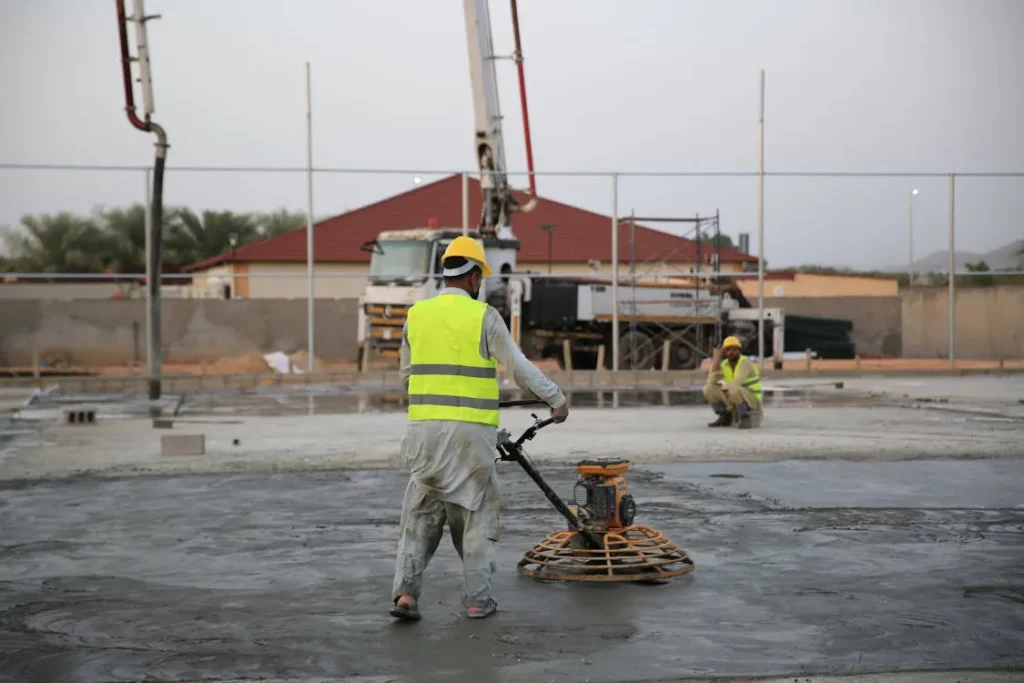
According to estimations, the CAGR for the smart building market during the forecast period of 2025 is 21.2% and the revenue of the market will be around USD 548.5 billion by 2032, with the revenue of the market to reach at USD 543.0 billion in 2025. The growth is on account of the adoption of the IoT technologies in building management systems.
Artificial intelligence is being used by companies such as Verdigris Technologies to IoT to monitor real time energy consumption. Data from electrical circuits analyzed over their platform makes them able to identify inefficiencies and provide suggestions for optimization thus saving a lot of energy.
In the Swedish town of Malmö in the Hyllie district, EON runs its ectogrid system to control thermal flow of energy. The smart grid delivers this surplus energy to regions with need, effectively and in parallel with the city’s intent to be 100% renewable by 2030.
By implementing IoT in smart cities, building automation and energy monitoring systems contribute to more sustainable and efficient urban environments.
Emergency Response and Public Safety Systems
IoT in smart cities is transforming emergency response and public safety by enabling real-time data collection, rapid communication, and proactive threat detection. By integrating these into emergency service during urban situations, it makes the service more efficient and effective, in case of a safer urban environment.
The IoT for public safety market across the globe has been evaluated as US$2.099 Bn in 2024 and is anticipated to reach US$5.51 Bn by the end of 2032, growing at a CAGR of 12.82% over the forecast period. The reason for this growth is the uptake of IoT technologies to deepen the capability of public safety measures.
To support this, cities are deploying a number of IoT enabled solutions for public safety. This includes giving smart surveillance systems with AI and machine learning the ability to analyze video feeds in real time and use those systems to detect unusual behaviour and alert authorities fairly fast. Moreover, smart traffic management systems are able to adjust signal timings to enable quick movement of emergency vehicles and hence, allow for quicker response time in critical hours.
In addition, first responder wearable devices like smart helmets and body cameras give emergency teams real time data on field and increase situational awareness and coordination. With these technologies there is a more informed and quicker response to emergencies resulting in saving lives and property.
By leveraging IoT in smart cities, municipalities can create a more responsive and resilient public safety infrastructure, ensuring the well-being of their citizens through advanced technology integration.
Conclusion
IoT in smart cities is reshaping urban life by integrating technology into everyday infrastructure. These innovations include smart traffic systems, intelligent energy grids, among others and they increase efficiency, sustainability and the quality of your life.
The global market for IoT in smart cities is to grow from USD 195.18 billion in 2023 to USD 952.69 billion by 2032, with a CAGR of 19.3%. On the other hand, the growth is due to the higher rate of adoption of IoT technologies in urban development.
Amsterdam is using digital twins to have better control over their energy and Pretoria is using similar technology to be able to process waste better. The above examples show how IoT can help resolve challenges in urban areas.
As urban populations continue to grow, the implementation of IoT in smart cities will be crucial in creating resilient, efficient, and livable environments. As those technologies progress and such cities embrace them, cities are able to better manage the needs of their citizens and promote sustainable development.






Read more topics



















